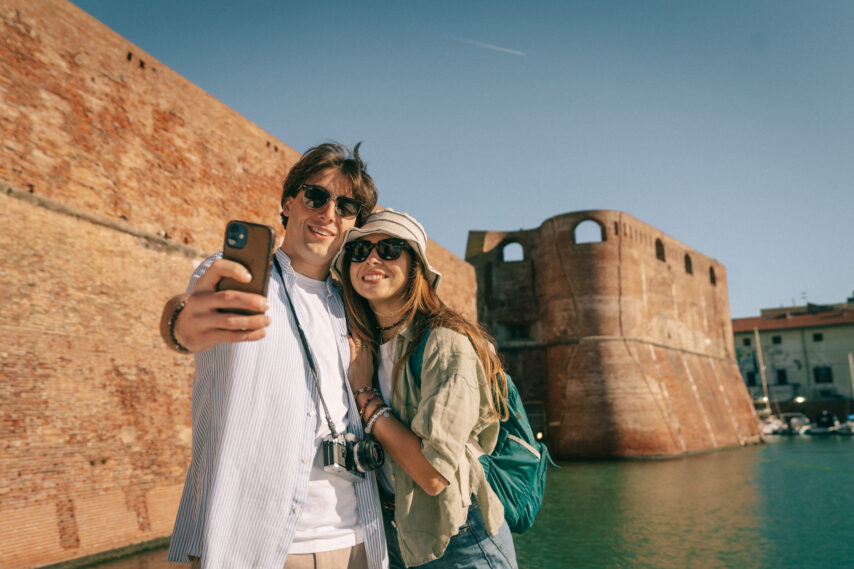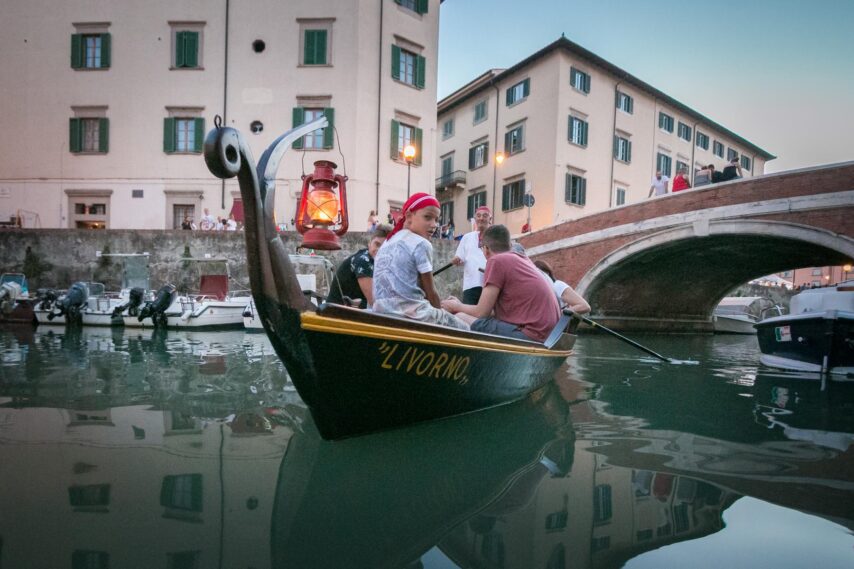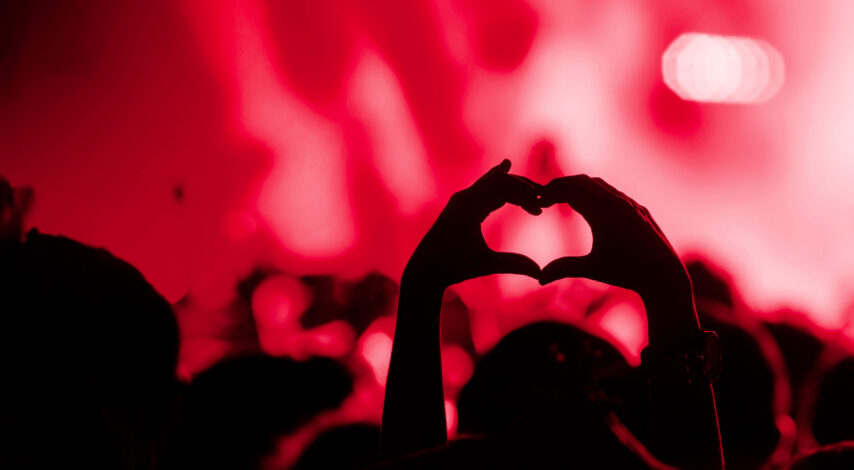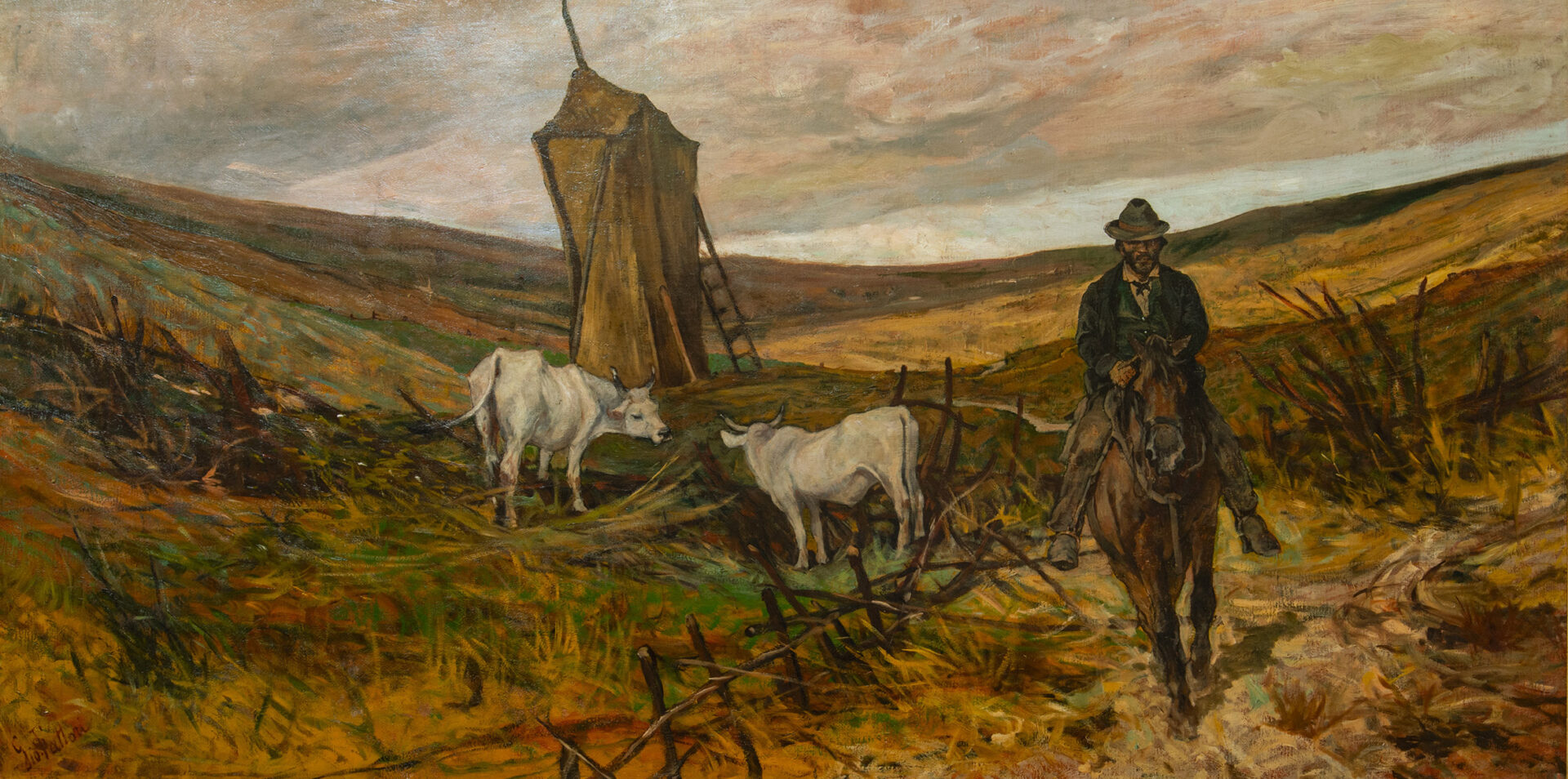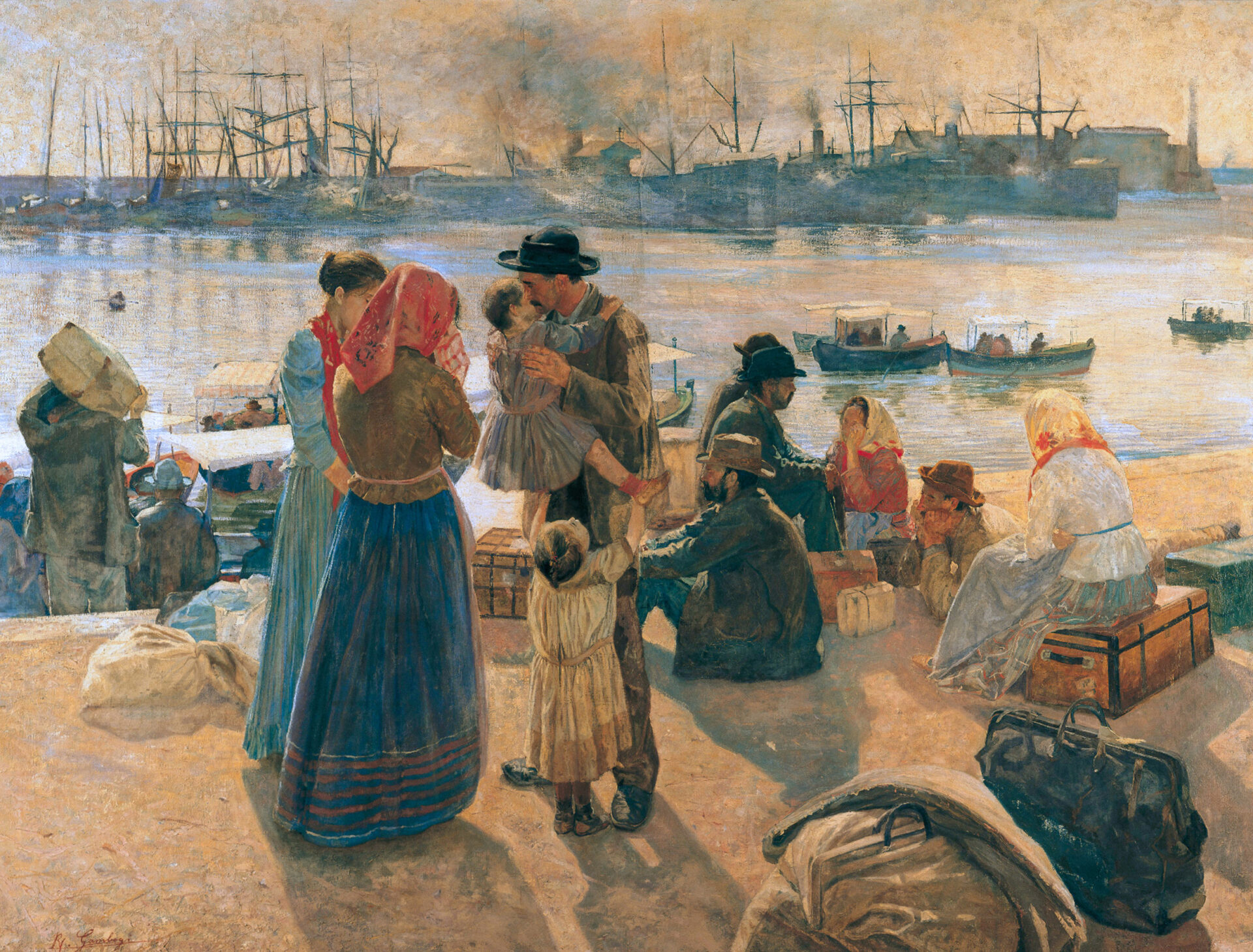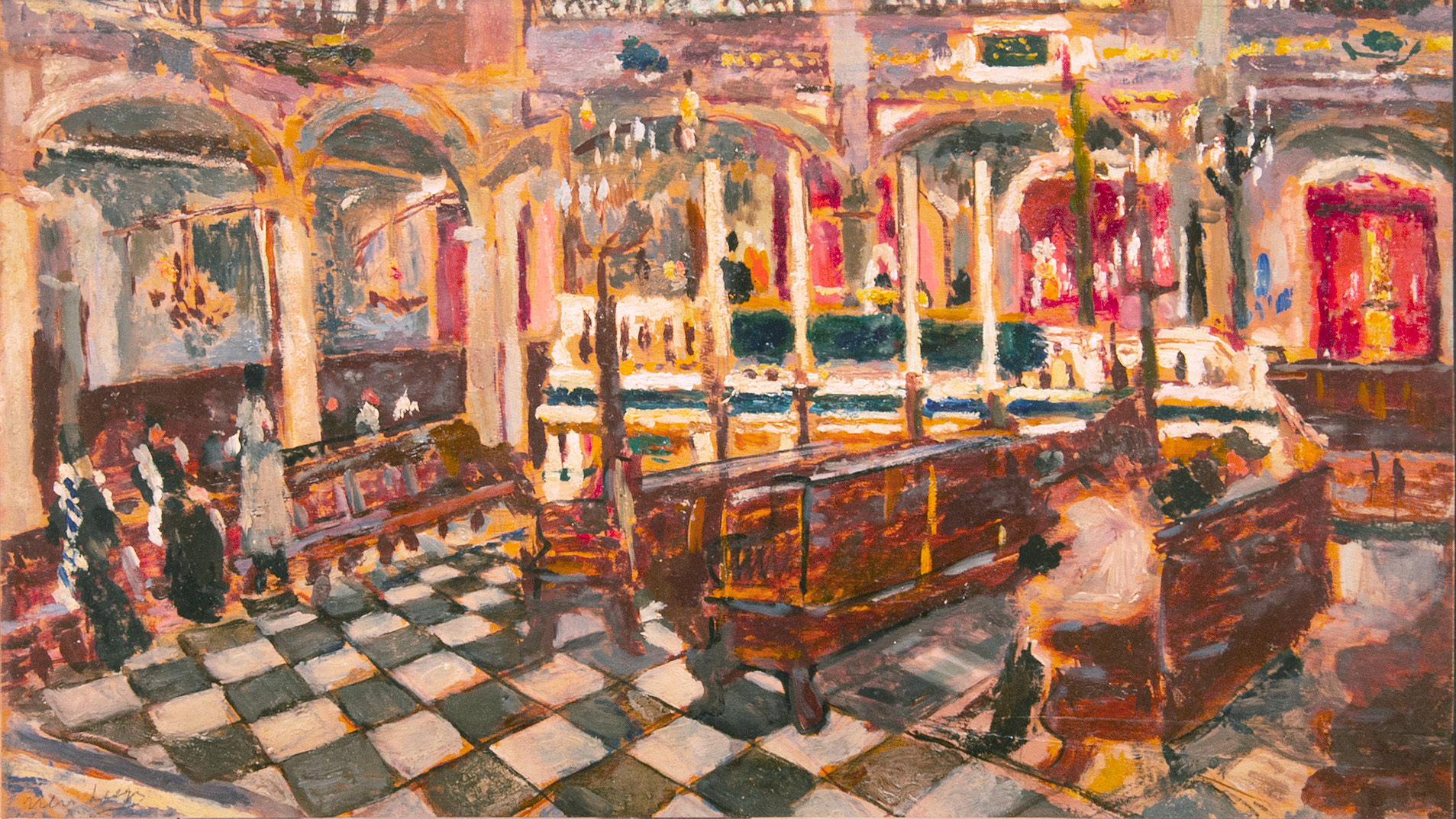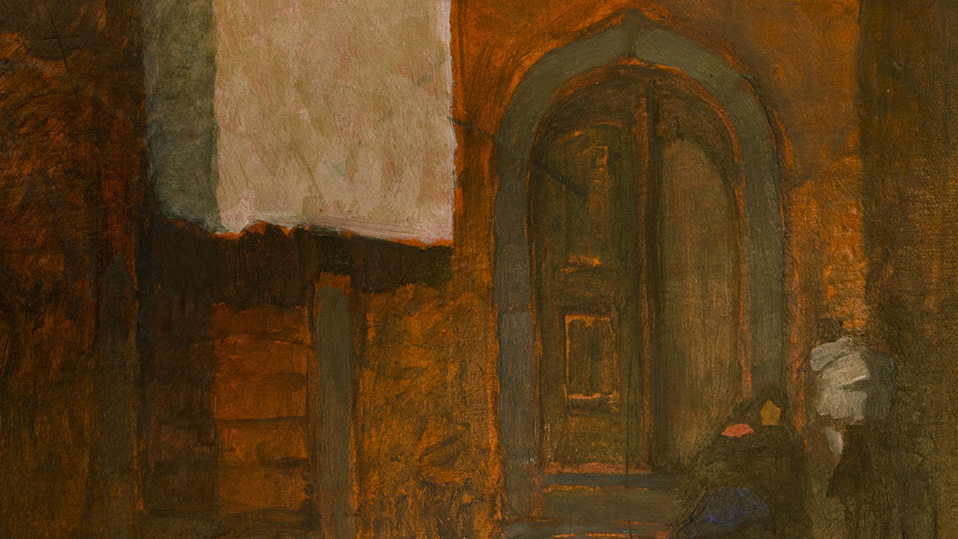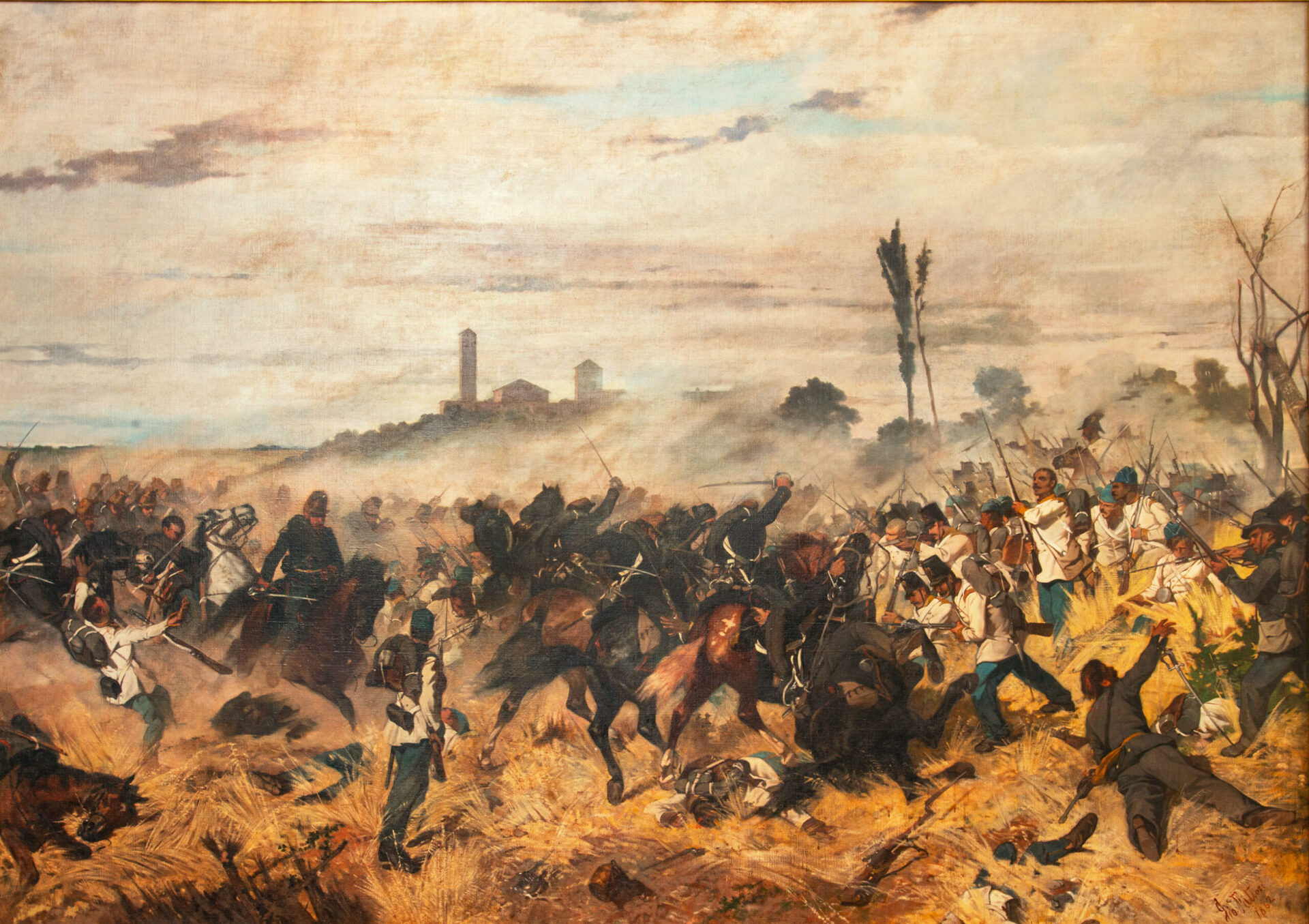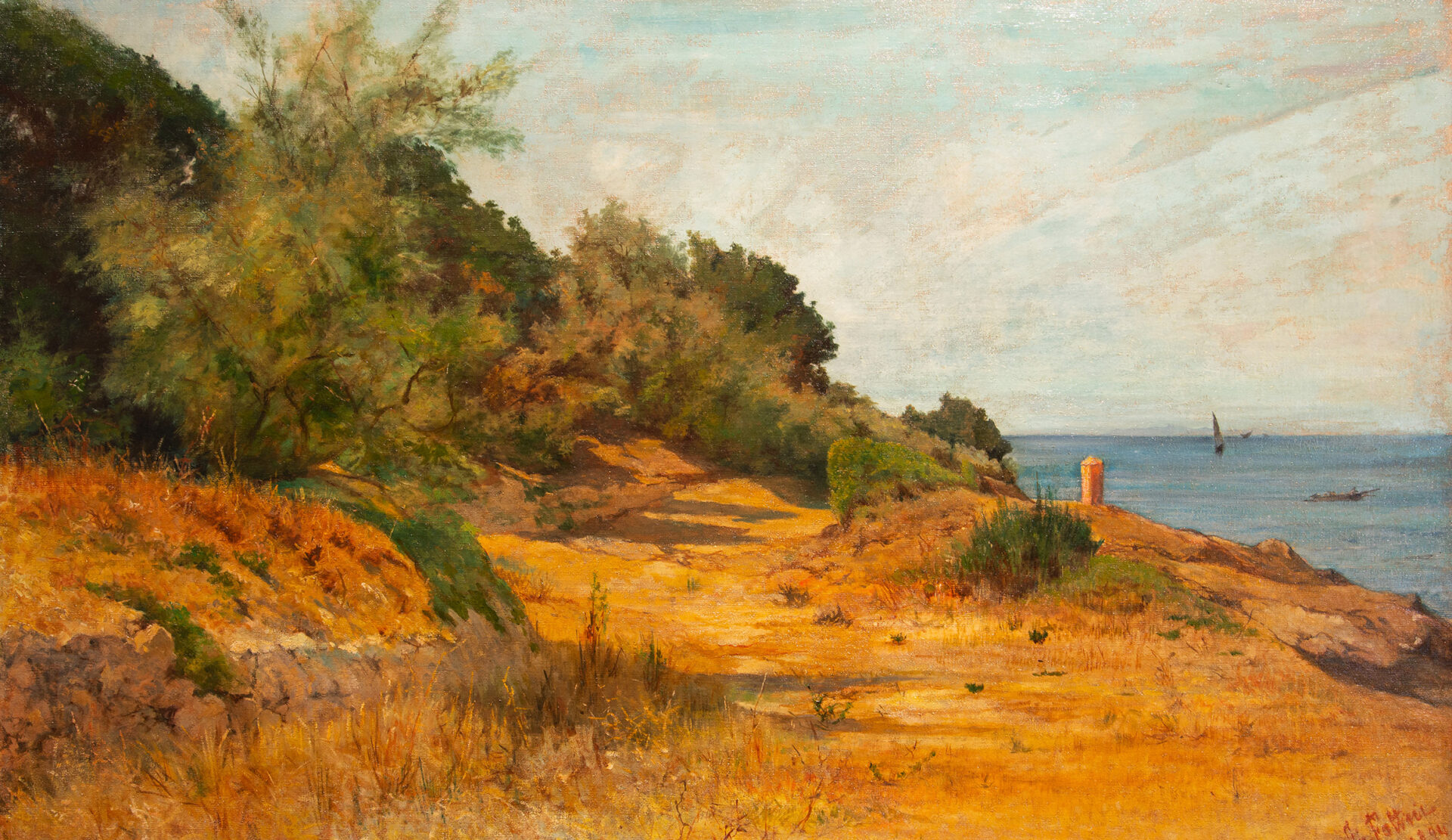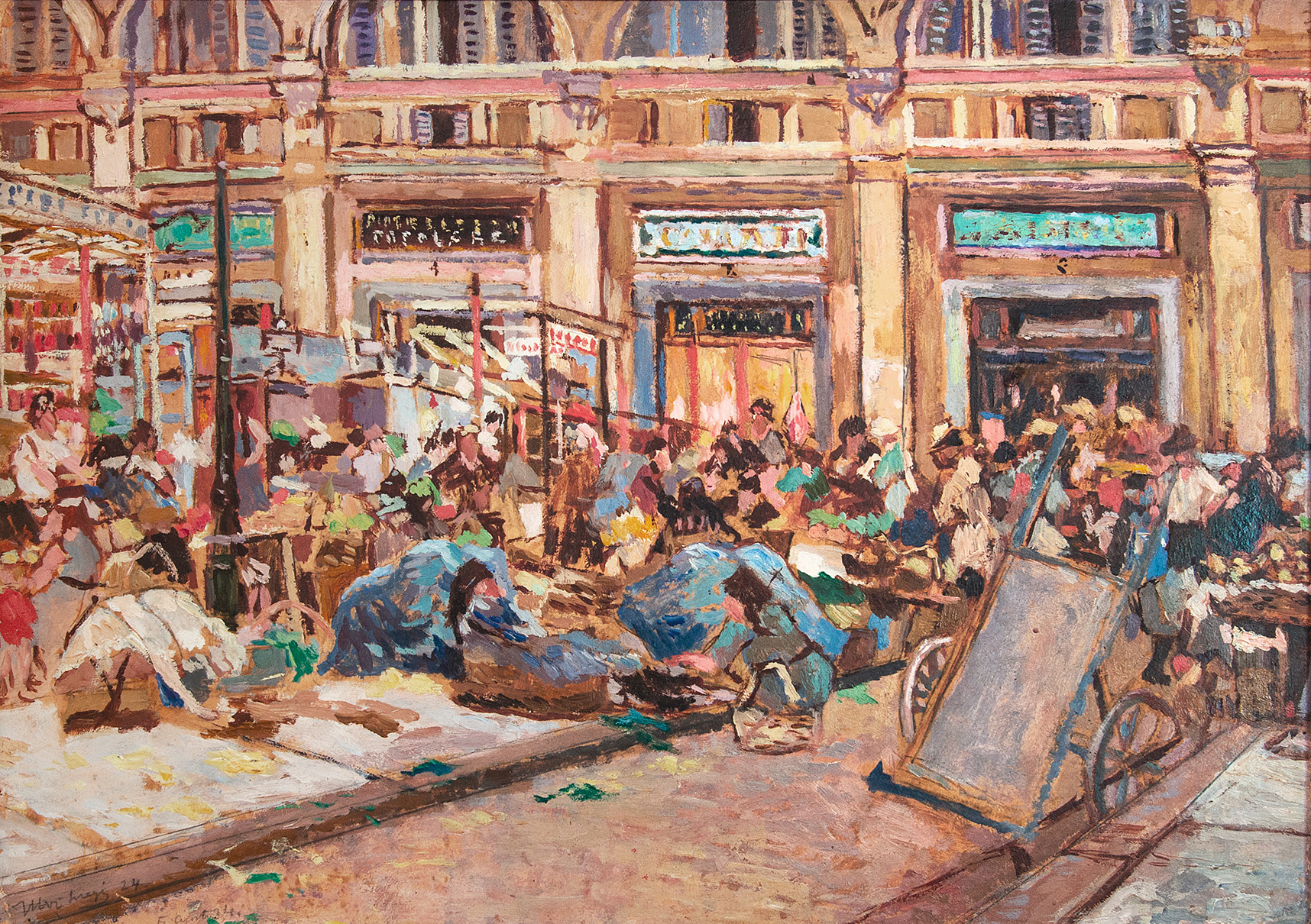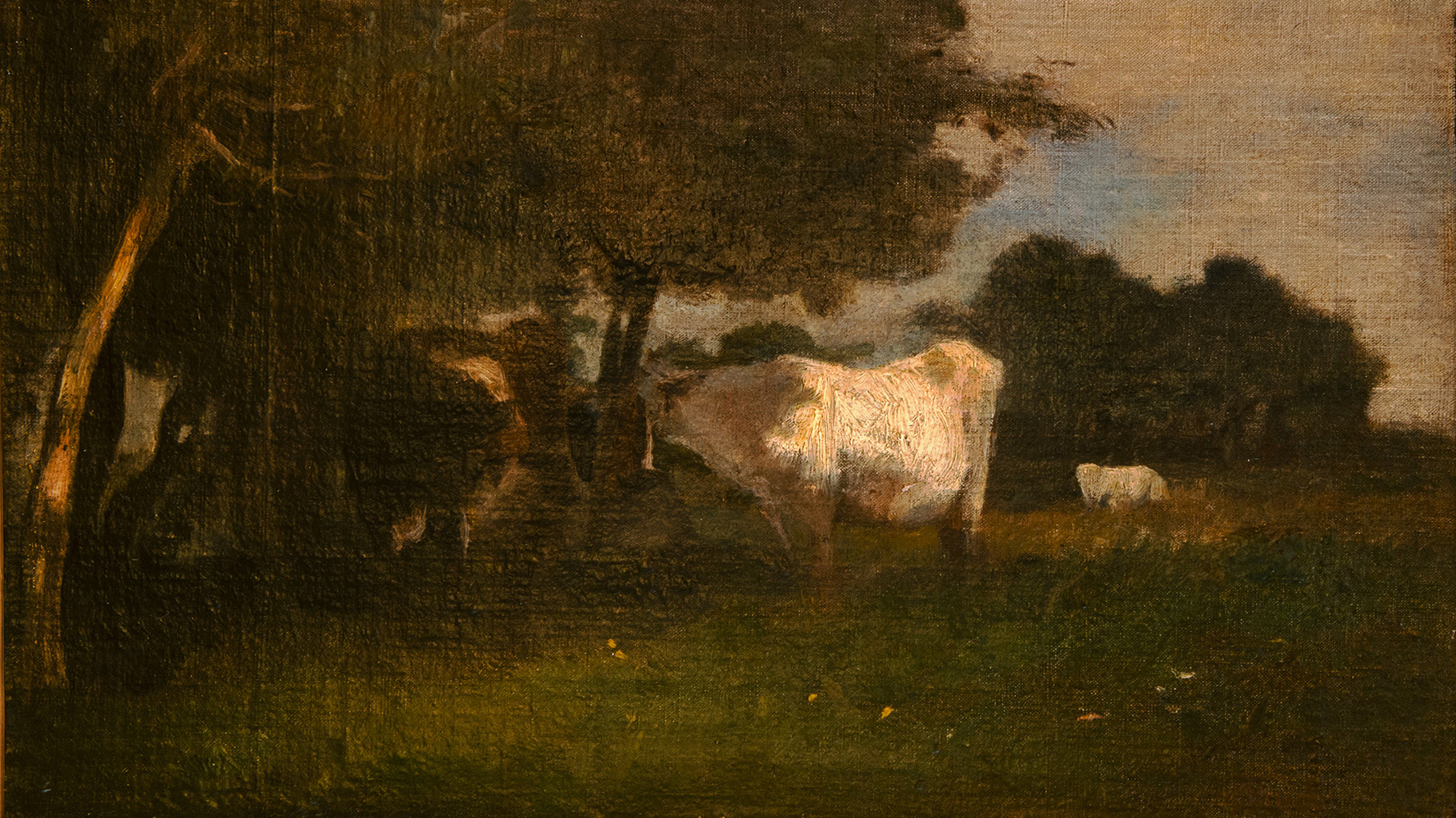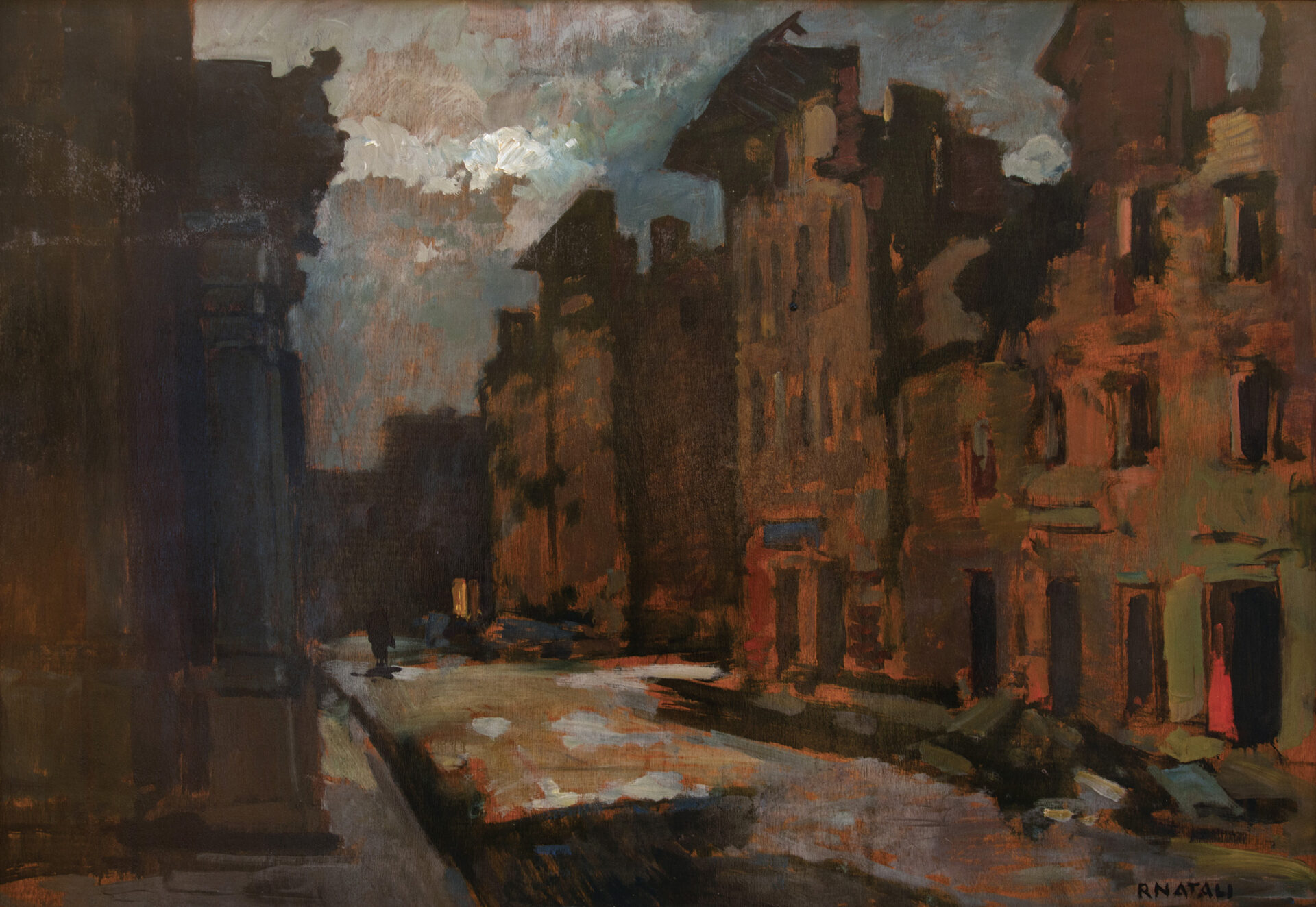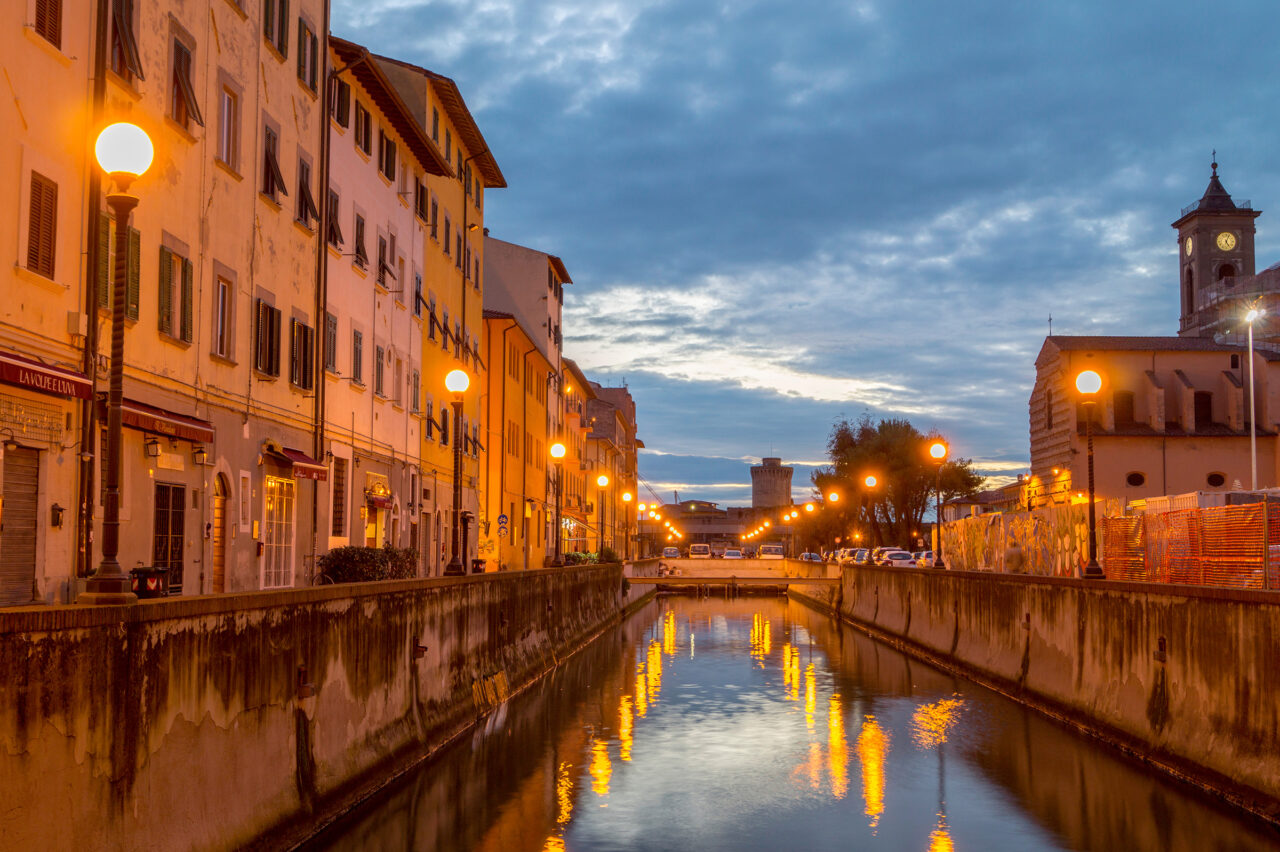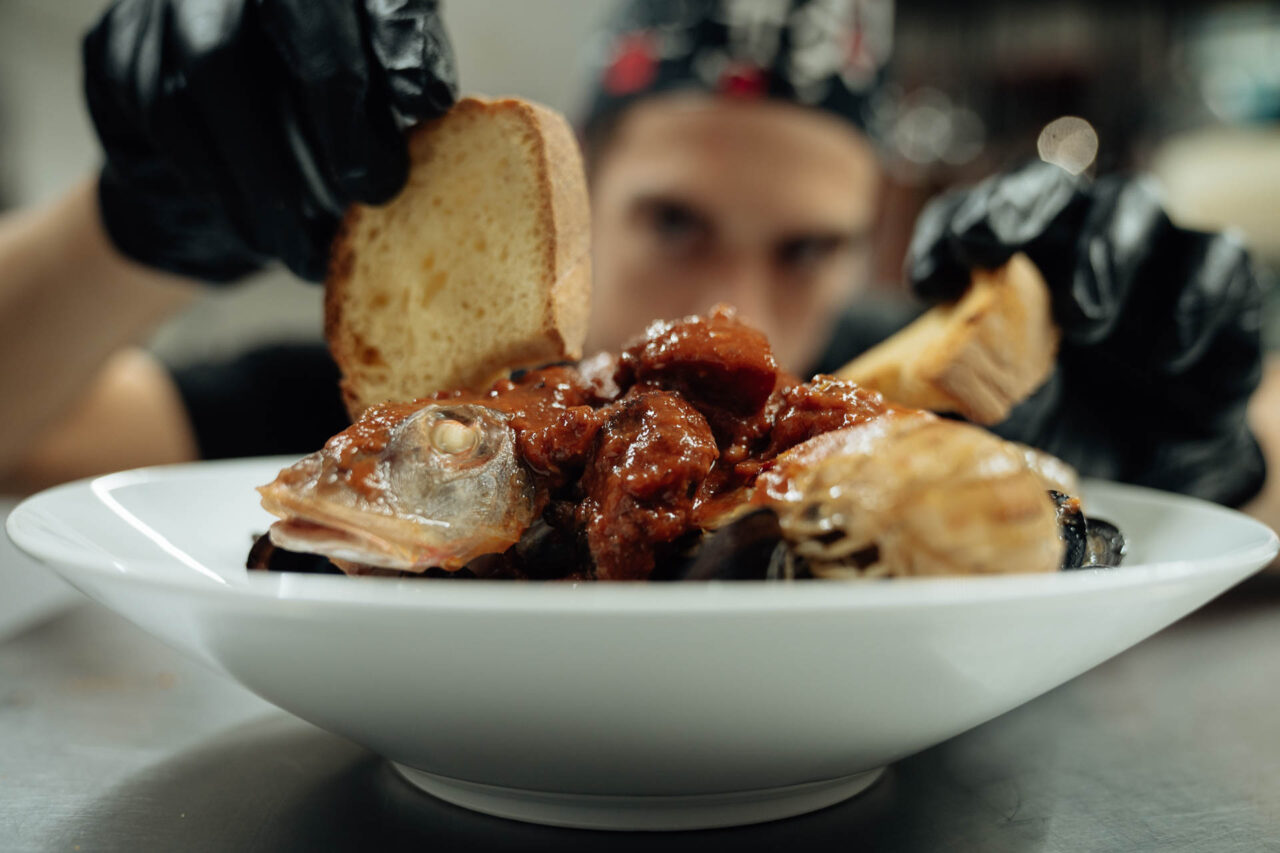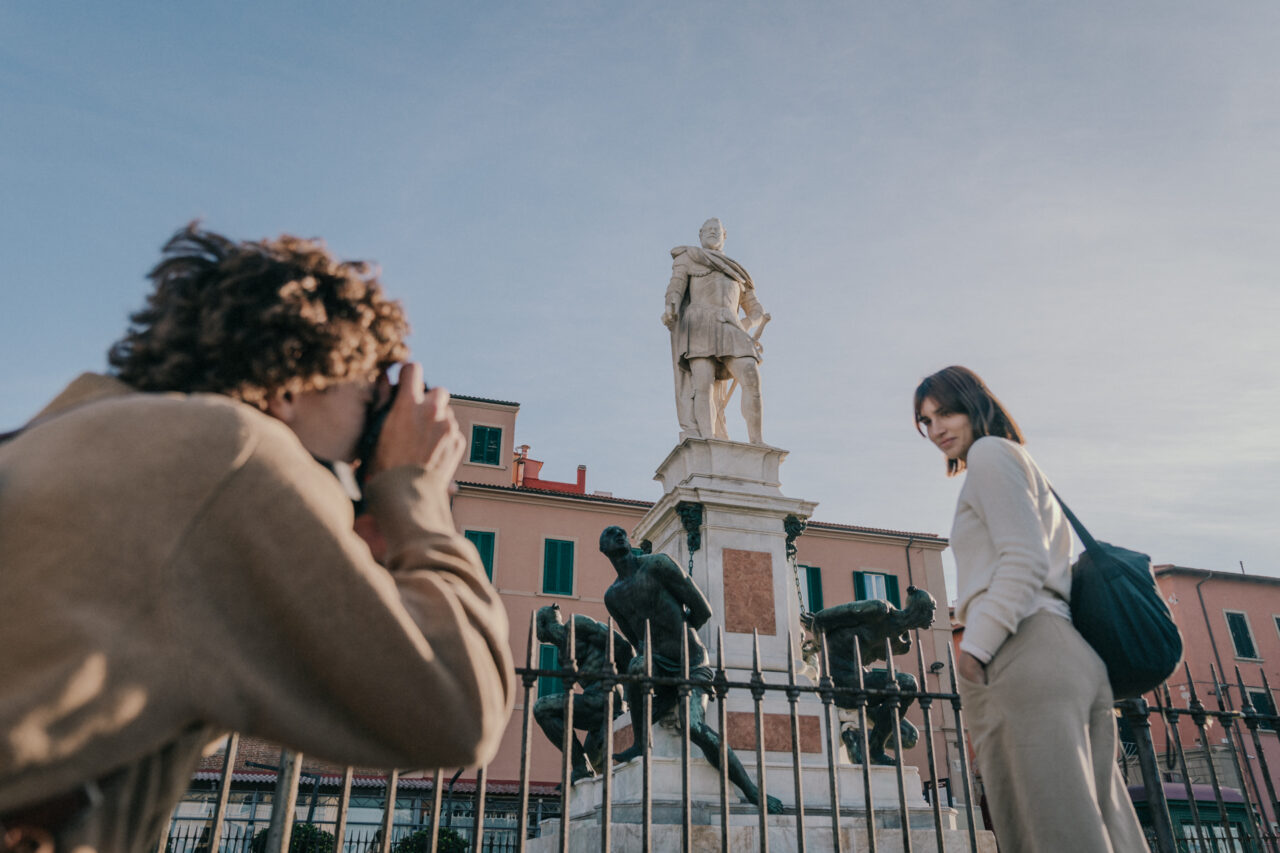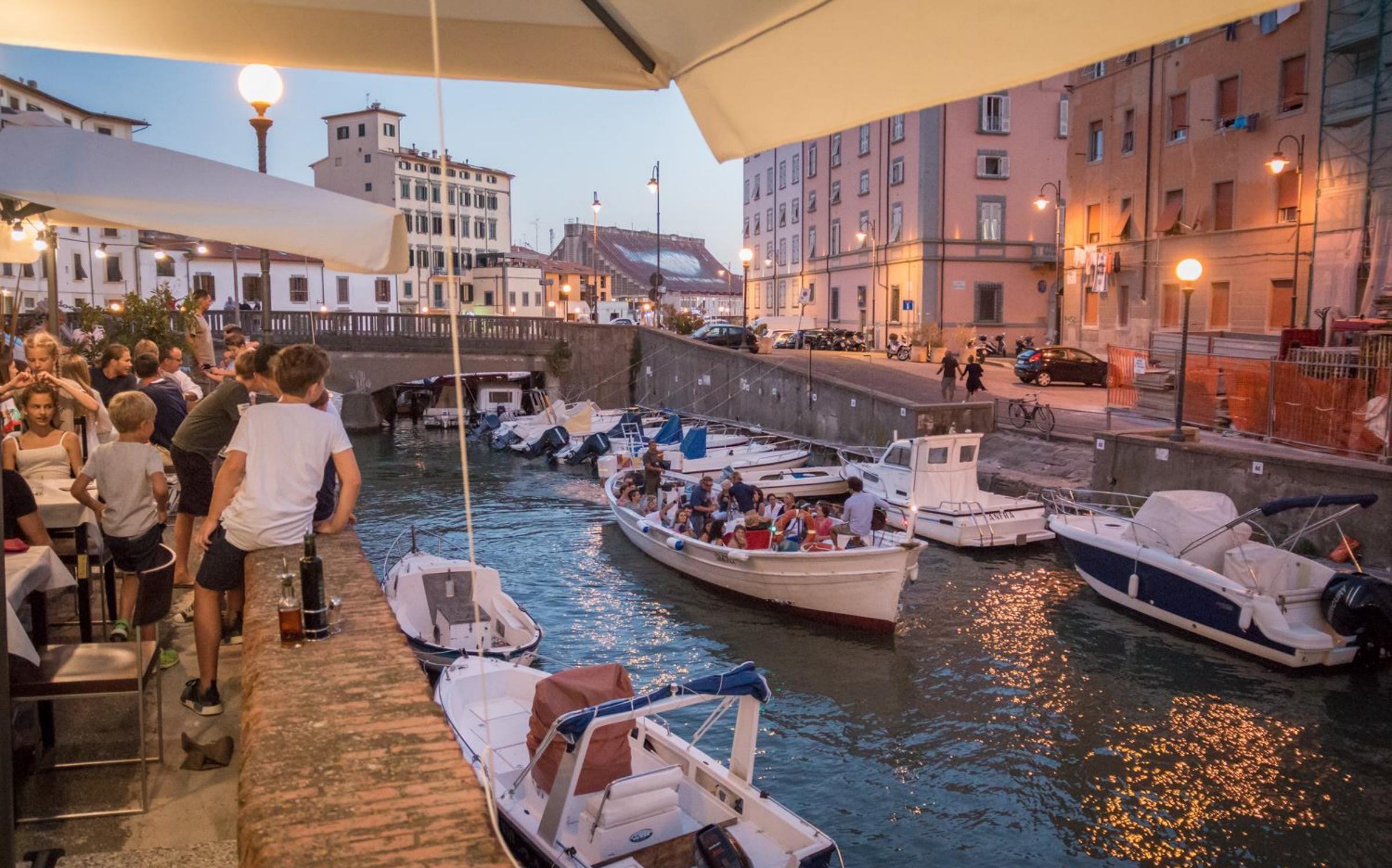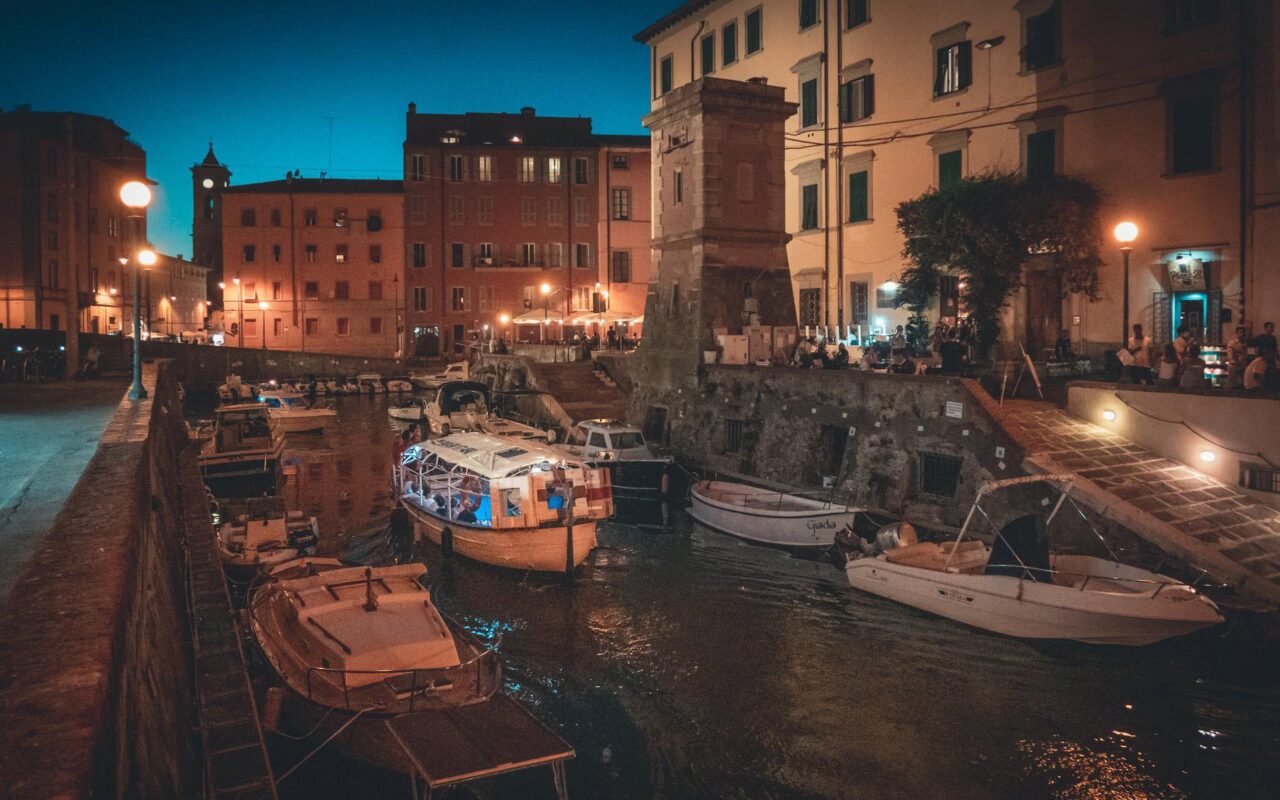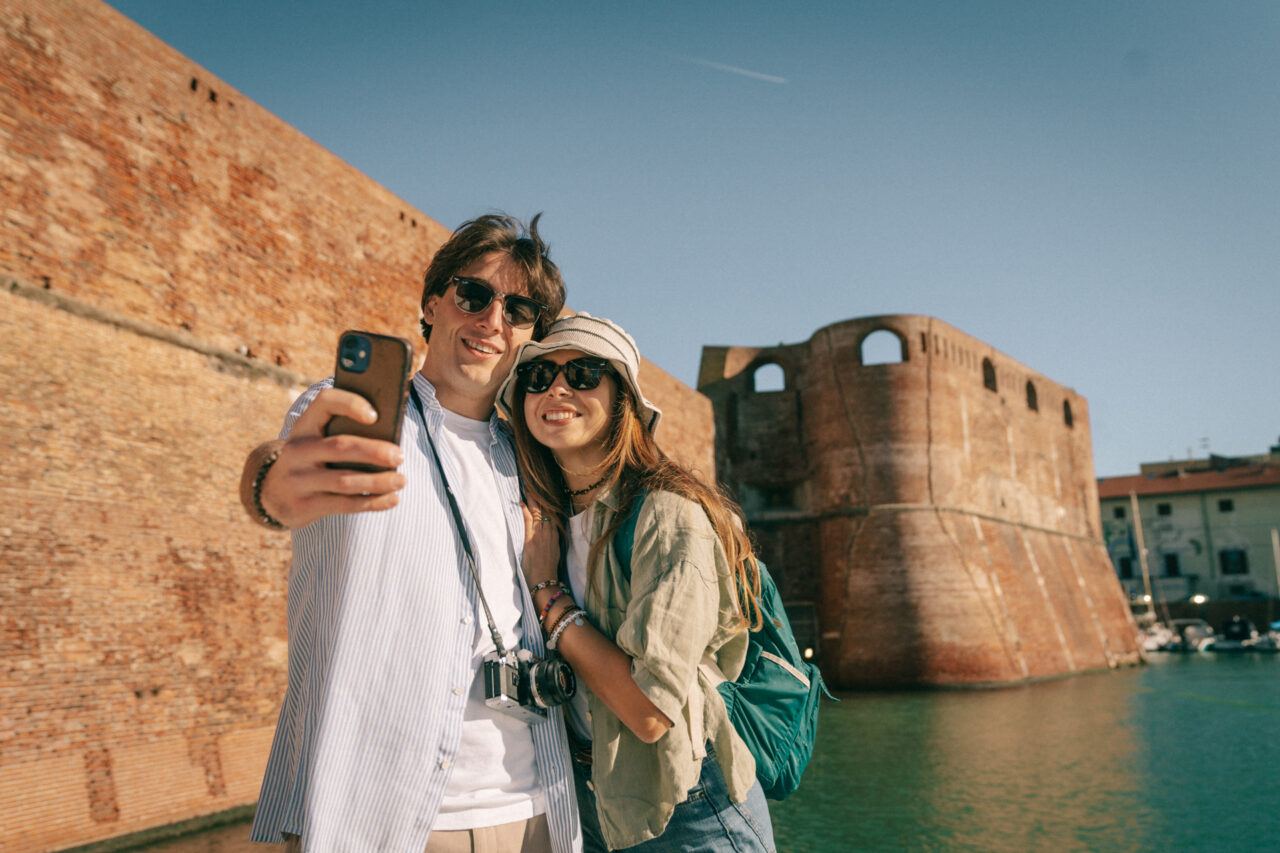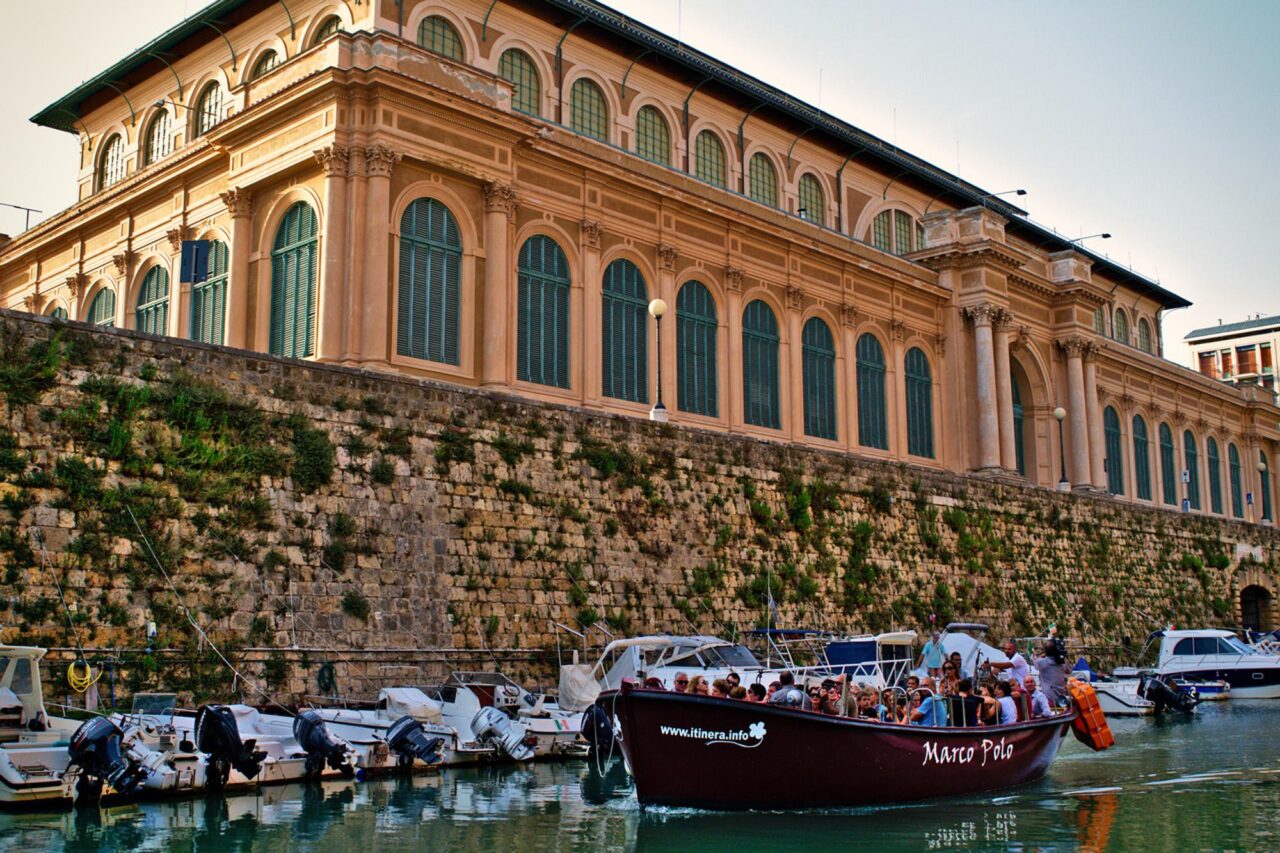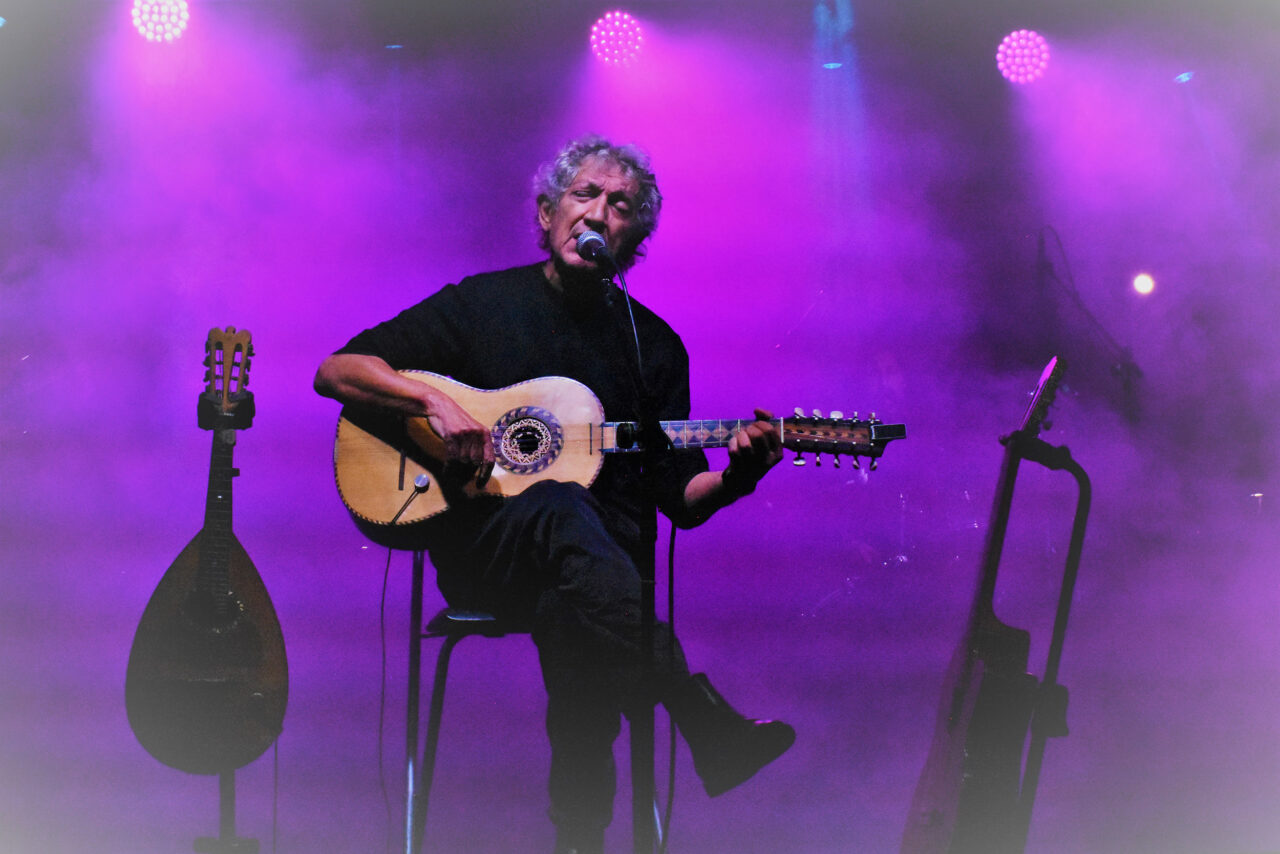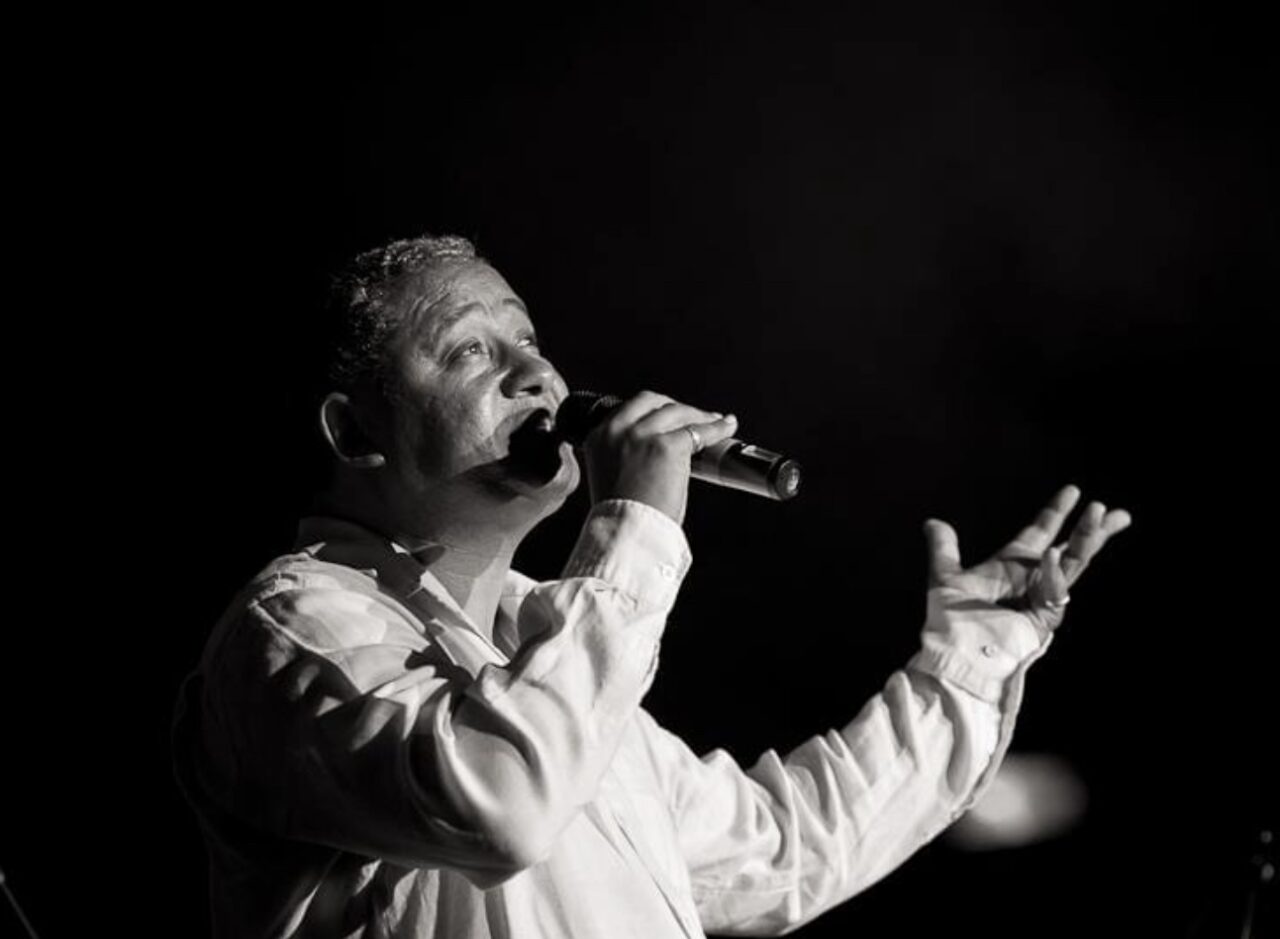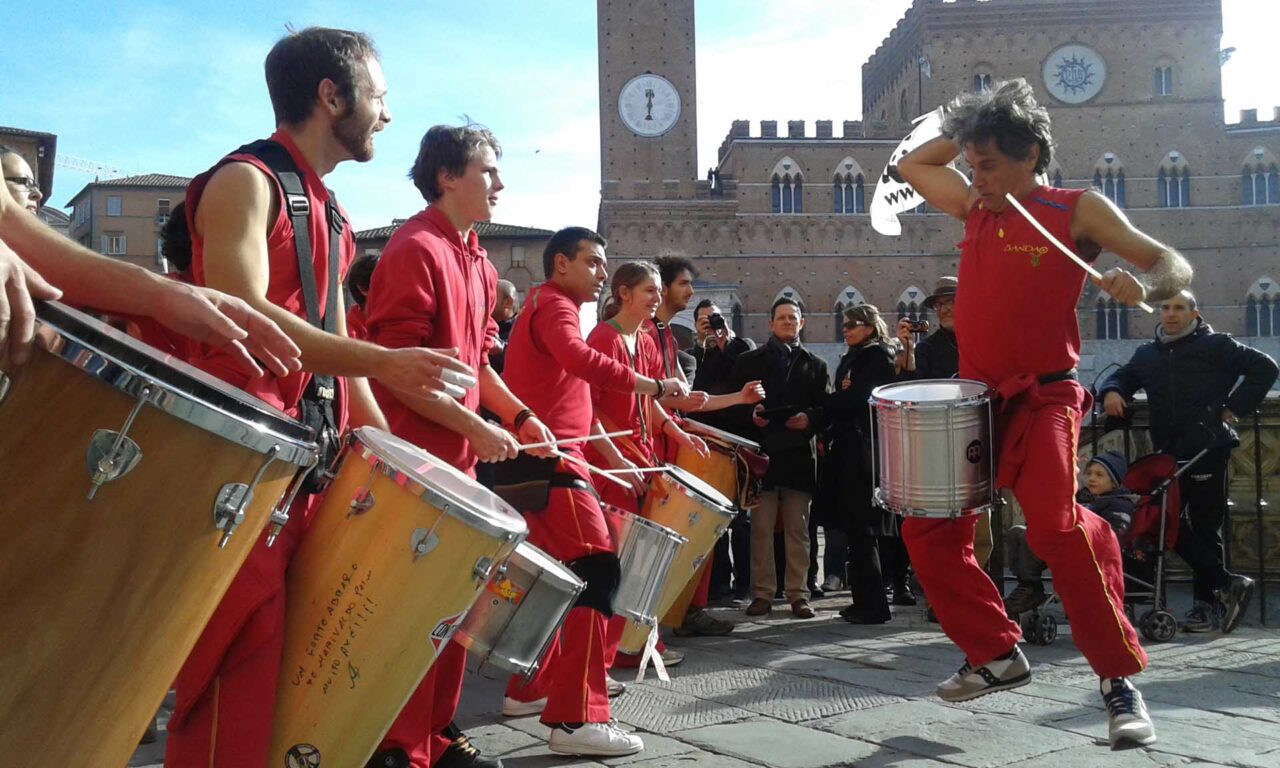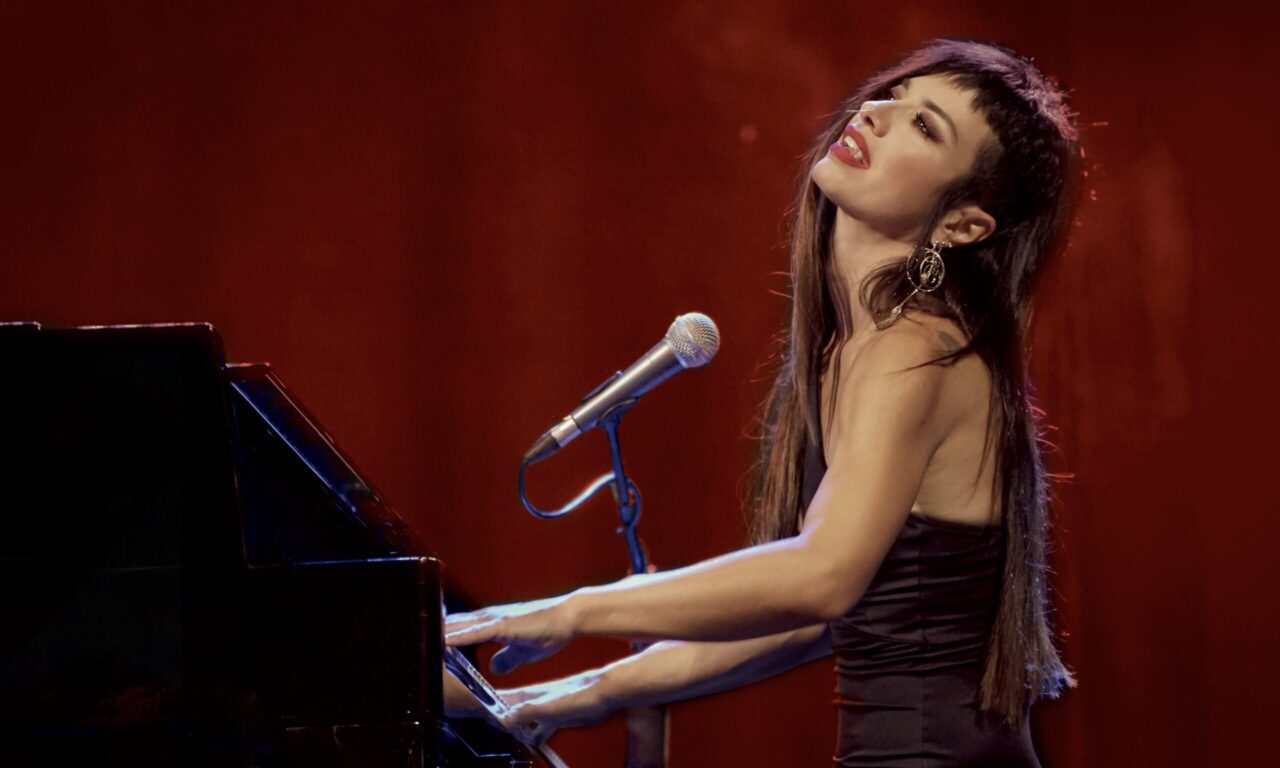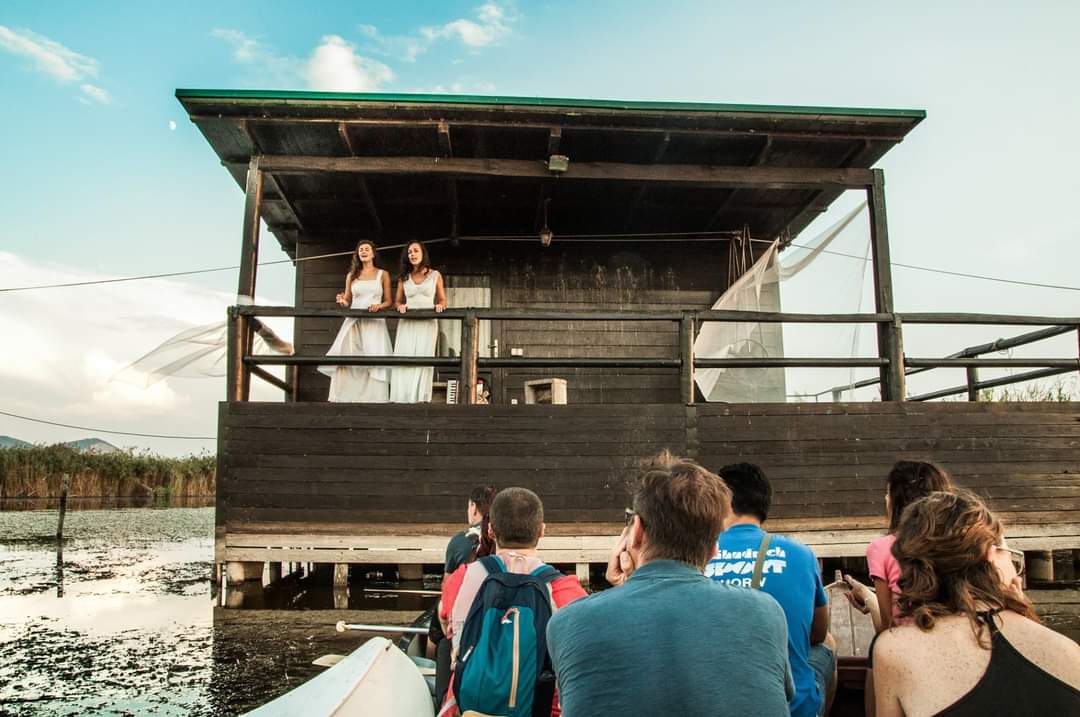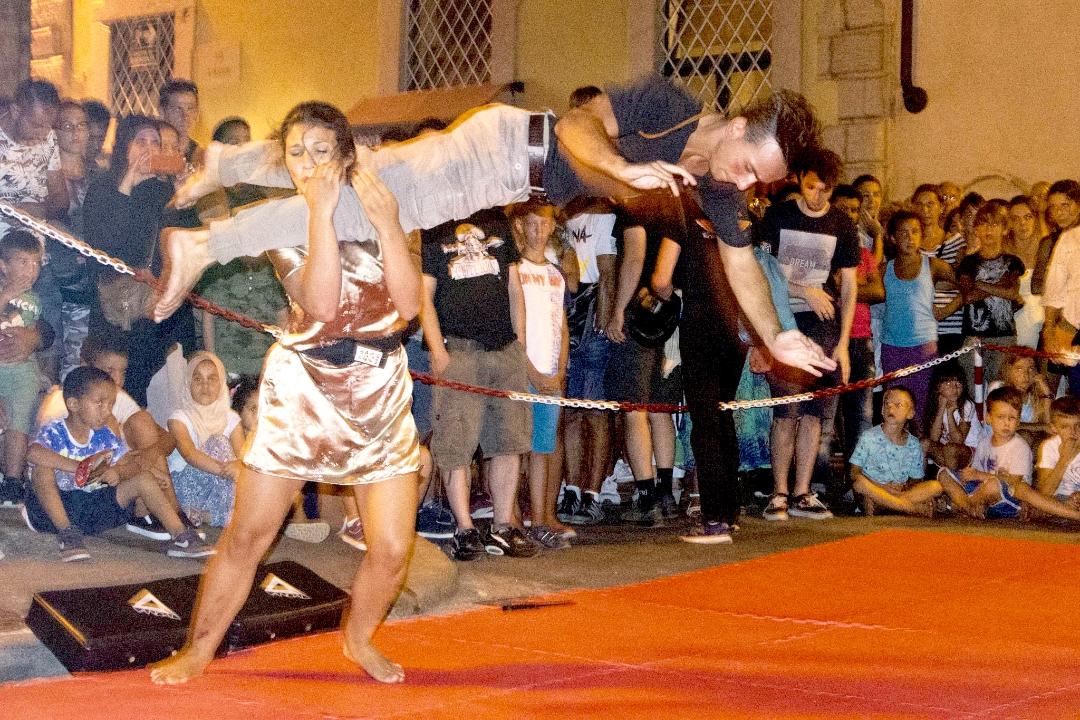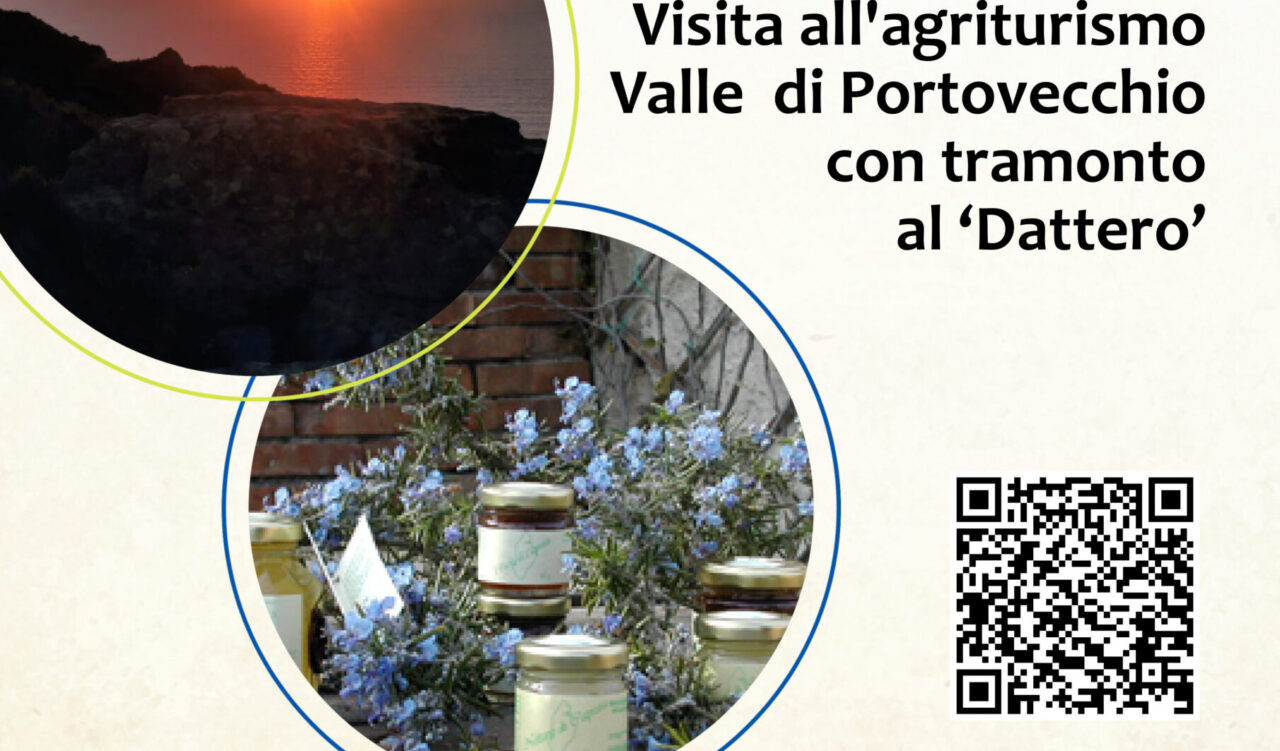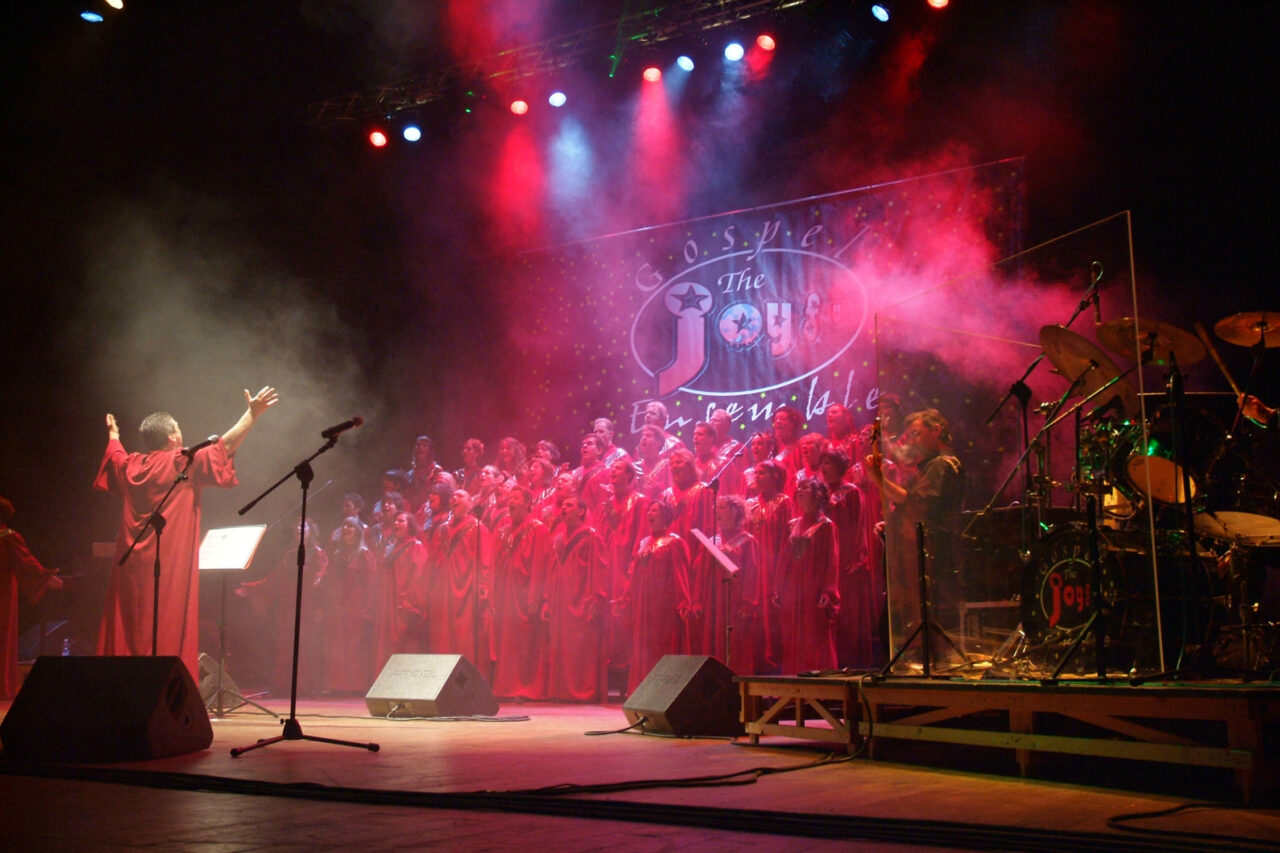Livorno / What to do and see / Macchiaioli and Post-macchiaioli art
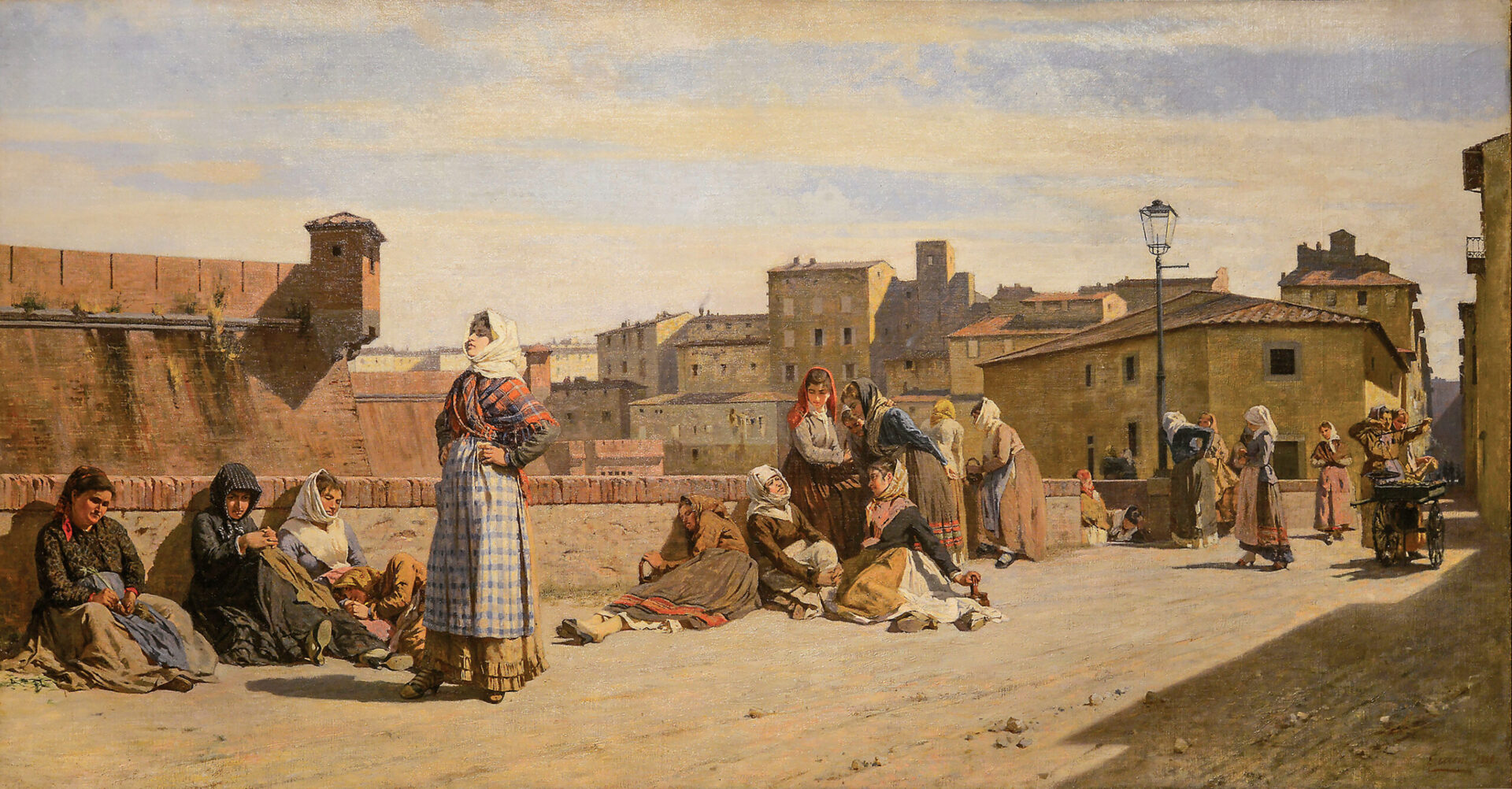
Macchiaioli and Post-macchiaioli art
Discover the most significant Italian artistic movement between the 19th and early 20th centuries
The contribution of the Macchiaioli to the development of modern art
“The blotch is the solidity of bodies in front of the light”
Giovanni Fattori
The group of Macchiaioli, gathered from 1855 around the tables of the Caffè Michelangelo in Florence, included a group of young artists who, united by the rebellion against the academic system and the desire to paint from life, developed the new pictorial theory of “blotch”.
An approach to the representation of reality through patches of color that reproduce what light draws. Distinct, juxtaposed, overlapped color spots that interpret shapes, profiles, and volumes with the maximum descriptive synthesis and expressive power.
For this reason, Telemaco Signorini, Giovanni Fattori, Vincenzo Cabianca, Cristiano Banti, Silvestro Lega, and many others, due to their innovative drive, are considered the representatives of the most important pictorial movement in Italian art between the 19th and early 20th centuries and certainly the most representative of the Risorgimento avant-garde.
Even on a European scale, without taking anything away from the universal value of the Impressionists, international critics are finally recognizing the contribution of the Macchiaioli to the development of modern art, also in relation to the major artistic trends of the time. A contribution even acknowledged in the field of landscape painting, in which, through the use of blotch and a realistic approach in their en plein air painting, the Macchiaioli even anticipated, in some aspects, the research of the French Impressionists.
From the Macchiaioli to the Postmacchiaioli. Livorno in the spotlight.
The Postmacchiaioli are a group of artists who, inspired by the teachings of the Macchiaioli, transformed the pictorial approach of the macchia and brought it into the modernity of the early 1900s. From the Gioli to the Tommasi family, from Oscar Ghiglia to Plinio Nomellini, from Llewelyn Lloyd to Ulvi Liegi, from Mario Puccini to Giovanni Bartolena, each of them reinterpreted the masters’ lesson in a personal way. Some remained more faithful to their teachings, like the Tommasi brothers, others, like Mario Puccini, followed a more autonomous direction, while others, like Nomellini, embraced Divisionism.
The centers around which they developed their painting were primarily Florence, at the Caffè Michelangelo, and Livorno. This city, with its cosmopolitan spirit and unique light, was indeed a valid alternative to the Tuscan capital, to the point that many artists and art enthusiasts of the time adopted it as their permanent place of residence, choosing a new meeting point: the Caffè Bardi. A place where, in addition to Amedeo Modigliani, the artists who belonged to the studio of Guglielmo Micheli, Fattori’s favorite disciple, used to meet and confront each other, transmitting to his students the same openness and expressive freedom that characterizes the majority of the postmacchiaioli from Livorno.
Are you intrigued? Well. The Fattori Museum awaits to give you the opportunity to discover and enjoy the works of these extraordinary artists in person.
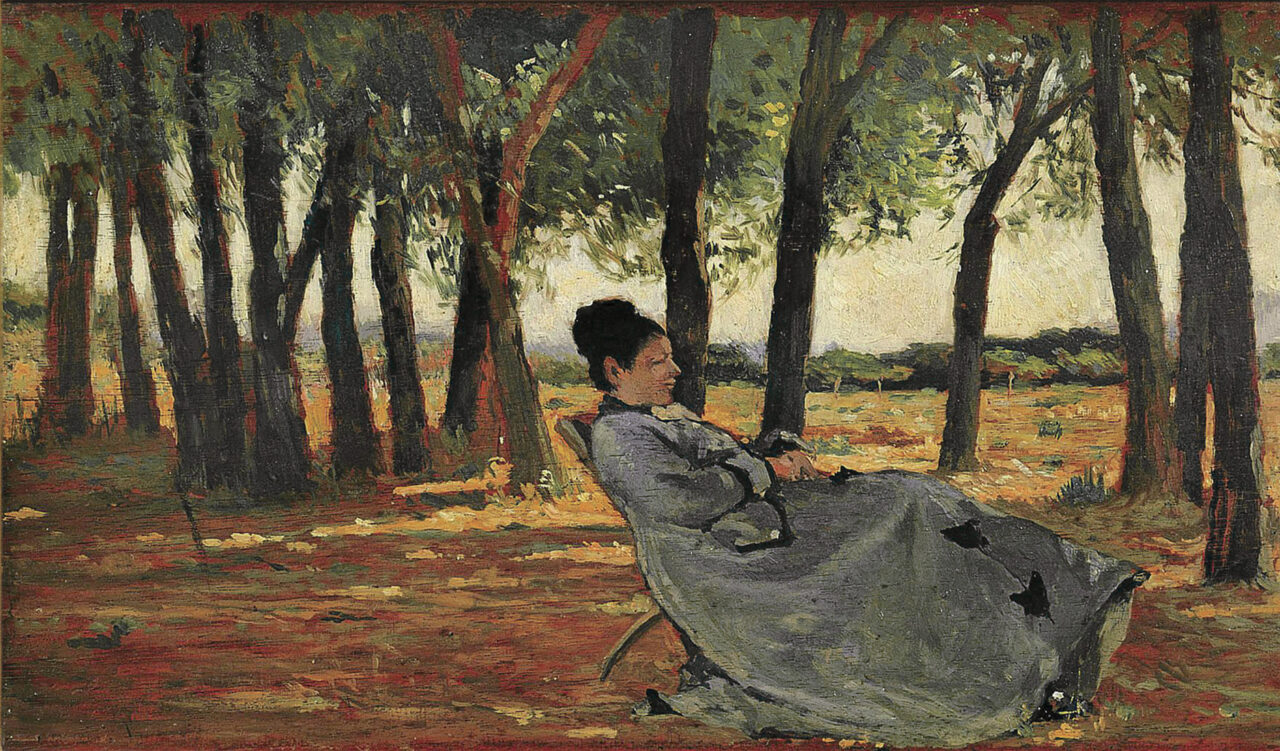
Useful informations
-
Who:
Alone, Children and families, Groups, In pairs, With friends
-
When:
Autumn, Spring, Summer, Winter
-
What:
-
Other characteristics
Free, Without reservation
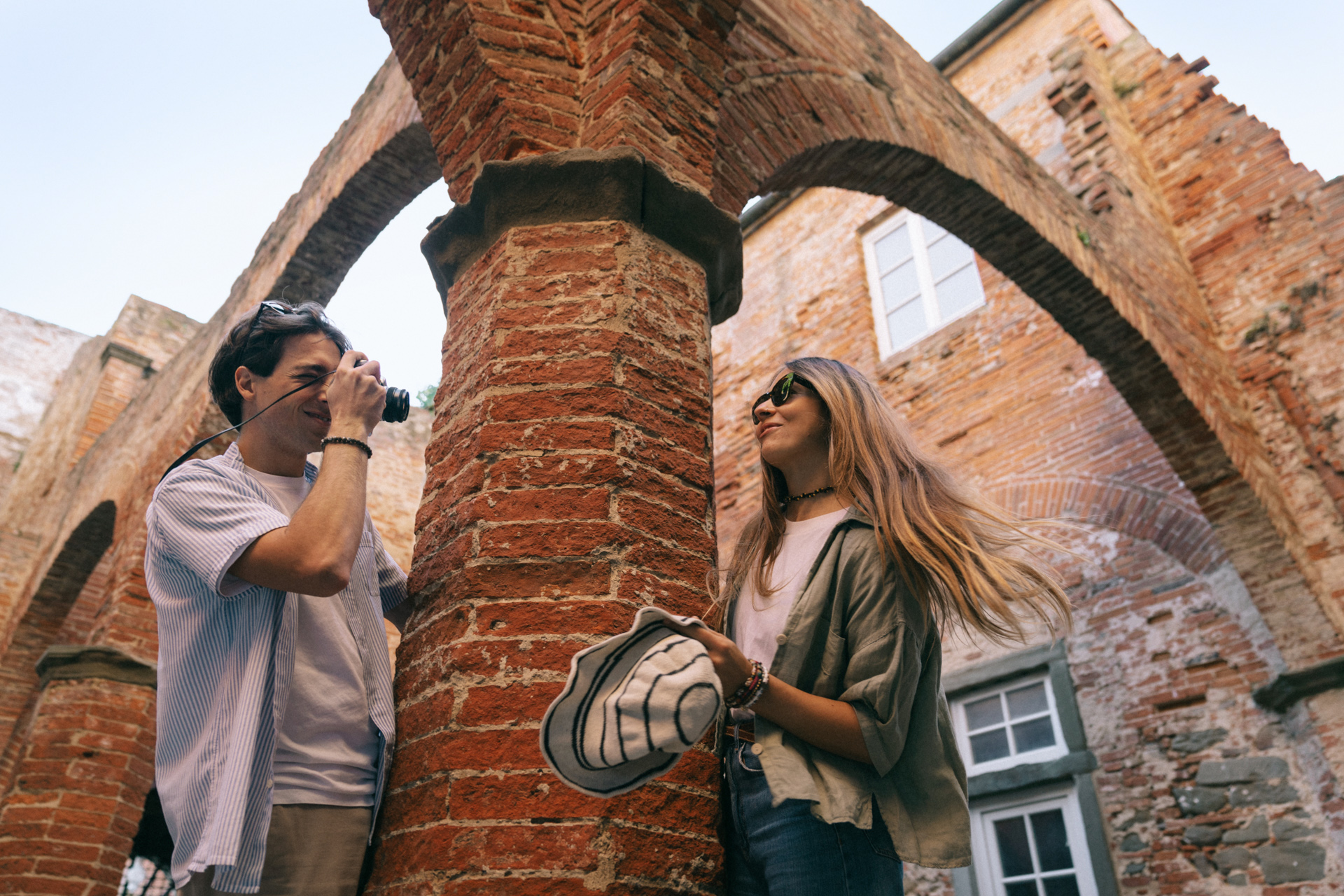
The unexpected Tuscany
Discover all the peculiarities that make Livorno so unique and surprising.
Discover moreTourist information
Offices, contacts, and tourist information to help you organize your visit.
Find places and stories that fit you
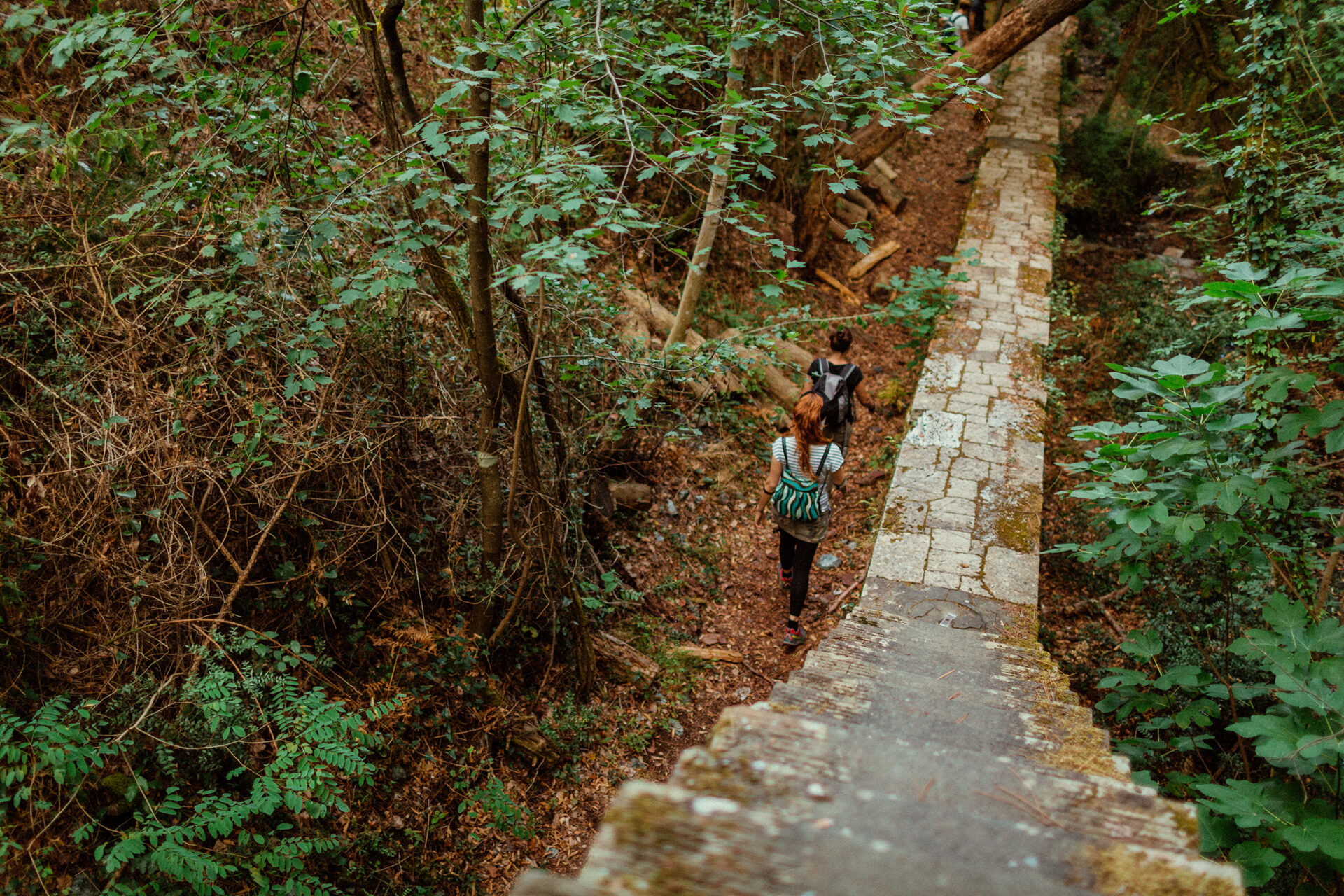
Subscribe to the newsletter
to stay updated
Don't miss any news about events in Livorno and surroundings.
